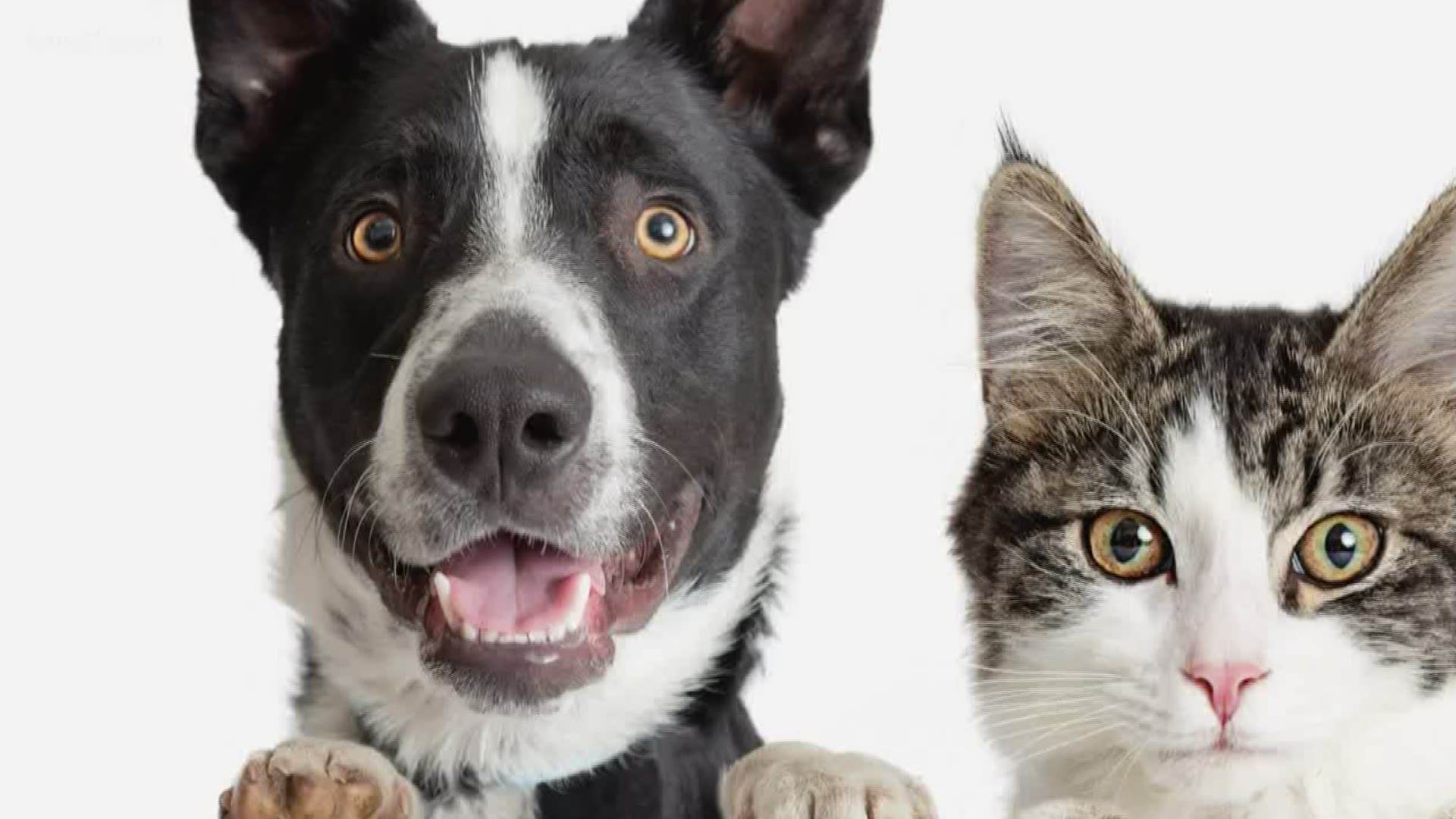GOLDEN VALLEY, Minn. — Our pets bring us joy and in turn we give them, well, apparently everything.
Last year alone we spent more than $75 billion on our besties. They are members of our family and we want to give them the best of everything.
“There's this movement toward giving our pets higher and higher quality meat, which means higher and higher carbon footprint,” says Professor Thomas Hickson, Chair of the Geology Department at St. Thomas.
A 2017 study out of UCLA found that meat consumed by dogs and cats in pet food creates the equivalent of 64 million tons of carbon dioxide each year. That’s about the same as a year's worth of driving for 13.6 million cars. Researchers also believe cats and dogs are responsible for 25 to 30% of the environmental impact of meat consumption in the U.S.
“There's certain things that you can do to change your pet's carbon footprint and one of them is just steering clear away from beef products,” says Rachel Mairose, Executive Director and Founder of Secondhand Hounds.
Mairose says helping your dog or cat go green starts with switching to a poultry-based food or another protein, like fish or venison or duck.
"Another big part is not overfeeding your animal. A lot of people equate food with love,” she says.
Biodegradable poop bags, skipping the pee pads, and adopting instead of shopping to help control pet overpopulation are some more tips. But is any of this really going to have an impact on our environment?
“Everything that we do that keeps us mindful of our carbon footprint, is going to make a difference. Everything that we do that changes how we behave and how we consume, is going to make a difference,” says Professor Hickson.
RELATED: The scoop on pet insurance

